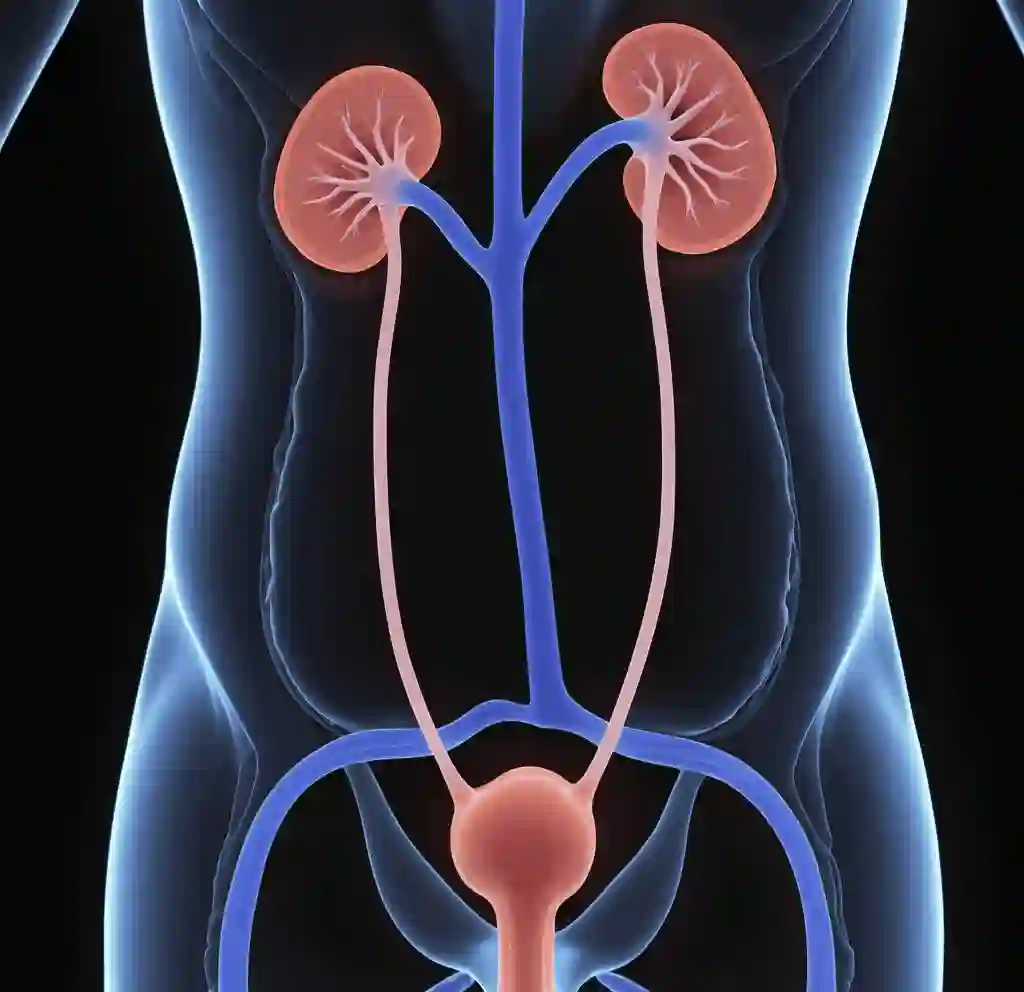In this article, you'll learn
What is Urethra Stricture
A urethral stricture is scarring in or around the urethra that narrows or blocks the passageway through which urine flows from the bladder. The scarring can occur anywhere between the bladder and the tip of the penis. Inflammatory conditions, and iatrogenic interventions including urethral instrumentation or surgery can cause injury to the urethra leading to fibrosis and further narrowing the lumen of the urethra. The anterior urethra, which runs from the bulbar urethra to the meatus, is surrounded by the corpus spongiosum and thus anterior urethral strictures are associated with varying degrees of spongiofibrosis. The consequences of this obstruction can enormously impair the patient's quality of life by causing micturition disturbances; they can also damage the entire urinary tract, resulting in loss of renal function.
Incidence of Urethra Stricture
Urethral stricture is a relatively common disease in men with an associated prevalence of 229-627 per 100,000 males, or 0.6% of the at risk population, who are typically older men (55years and above). Urethral strictures are more common in blacks than in the general population
Causes & Risk factors of Urethra Stricture
All strictures result from injury to the epithelium of the urethra or underlying corpus spongiosum, which ultimately causes fibrosis during the healing process and further narrowing the urethra. The causes have been grouped under five categories
- Traumatic causes e.g. Straddle injury and penetrating injury
- Inflammation e.g. Lichen sclerosis and poor treatment of infections or STIDs
- Hypospadias
- Previous instrumentation surgery
- Idiopathic
Pathophysiology of Urethra Stricture
The cause of urethral stricture is an injury to the urethral epithelium or by direct trauma to the corpus spongiosum causing leakage of urine into the corpus spongiosum. Any form of inflammation capable of causing injury to the lamina propria of the urothelium is likely to cause progressive fibrosis of the epithelium, with subsequent involvement of the underlying corpus spongiosum (Spongiofibrosis). The injury with varying location, length and thickness causes fibrotic scar formation (replacing the normal urothelium), narrowing of the urethral lumen following the fibrous tissue builds up causing contraction and compressing the urethral lumen, and more rarely fistula formation or abscessation
Signs & Symptoms of Urethra Stricture
- Bloody urine and semen
- Prostatitis
- Slow or decreased urine stream
- Incomplete bladder emptying
- Urine stream spraying
- Dysuria
- Increased micturition frequency and urgency
- Pain and straining during urinating
- Abdominal pain
- Urethral leaking and retention
- UTI's in men
Diagnostic Investigations of Urethra Stricture
- Physical examination
- Urethral imaging; either X-rays or ultrasound
- Urethroscopy
- Retrograde urethrogram
- Retrograde urethrography
You may also like: Urethral trauma: causes, symptoms, prevention & complications
Urethral Stricture Treatment
There are significantly no real medical treatments for urethral strictures. For many men, the stricture is not severe enough or bothersome, and the risk of complications remain low. A non- operative strategy, in which the patient self- catheterizes, may be used to slow the rate of narrowing from the stricture.
Before surgical management of a urethral stricture carried out, an appropriate antibiotic is initiated to reduce surgical site infections. Urine cultures are recommended preoperatively to guide antibiotic choice, and active UTIs must be treated before urethral stricture intervention. Surgery is recommended in the following circumstances:
- Severe problems with urination and urinary retention.
- Kidney stones in the bladder or bladder calculi
- Increasing post void residual
- Failure of conservative measures to control symptoms such as pain
- Recurrent urinary tract infections.
The following surgical procedures are carried out to correct strictures and relieves symptoms
Dilation:this procedure involves the use of dilators or sounds and boogies to stretch the scar tissue of short bulbar urethral. The dilators are inserted to gradually increase the size that leads to tissue stretching and disruption or widening of the stricture. This has been the standard initial treatment modality over time now.
Direct vision internal urethrotomy (DVIU):this approach is performed by making a cold-knife transurethral incision endoscopically in the stricture scar allowing the tissue to heal by secondary intention which result in widening of the urethral lumen. It is the first-line treatment of choice for short (less than 2cm) bulbar strictures with no previous surgeries.
Urethroplasty:this is an open surgical reconstruction of the urethra. It involves opening or resecting the stricture and either performing a direct anastomosis, using some graft material (buccal mucosa, foreskin), or a flap of normal skin as a substitute for the strictured urethral tissue. Urethroplasties can be used for longer strictures and typically have good outcomes.
Nursing Management of Urethra Stricture
Pre operative management
- Prepare the patient psychologically before surgery
- Advice patient on the need to abstain from sexual activity before the surgery.
- Advice patient on the need to report haematuria,
- Catheter care and hygiene will be carried out to prevent ascending infection.
- Carry out all laboratory and radiological investigations, bladder irrigation, blood donation for possible transfusion during surgery, maintain IV line and set up infusion as prescribed.
- Shave perineum and cleanse with antiseptic lotion as prescribed prior to surgery.
Post Operative care
- Observe catheter for drainage and patency.
- Strict catheter care and hygiene to prevent ascending infection into the urinary tract.
- Milking of catheter at regular intervals to dislodge blood clots.
- Antibiotics are recommended for all the period in which the catheter is in place.
- Mild to moderate analgesics are needed.
- Maintain strict intake and output chart.
- Educate patient on catheter care.
- Educate client not to strain at urination.
Complications of Urethra Stricture
- Renal failure
- Urethral fistula
- Urethral diverticulus
- Stone formation in the bladder
- Urinary tract infections
- Return of stricture
- Haematuria
- Erectile dysfunction
- Ejaculatory dysfunction
Prevention
- Avoid injury to the urethra.
- Avoid injury to the pelvic (gun shot or knife injury)
- Use lubricating jelly when inserting urethral catheter.
- Avoid sexually transmitted diseases.
- Treat infections early
- Practice good personal hygiene
References
- Abdeen, BM & Badreldin, AM 2021, Urethral Strictures, PubMed, StatPearls Publishing, Treasure Island (FL).
- Tritschler, S, Roosen, A, Füllhase, C, Stief, CG & Rübben, H 2013, ‘Urethral Stricture’, Deutsches Aerzteblatt Online.
- Wessells, H, Angermeier, KW & Peterson, AC n.d., ‘Male Urethral Stricture: American Urological Association Guideline’, Journal of Urology, vol. 197











